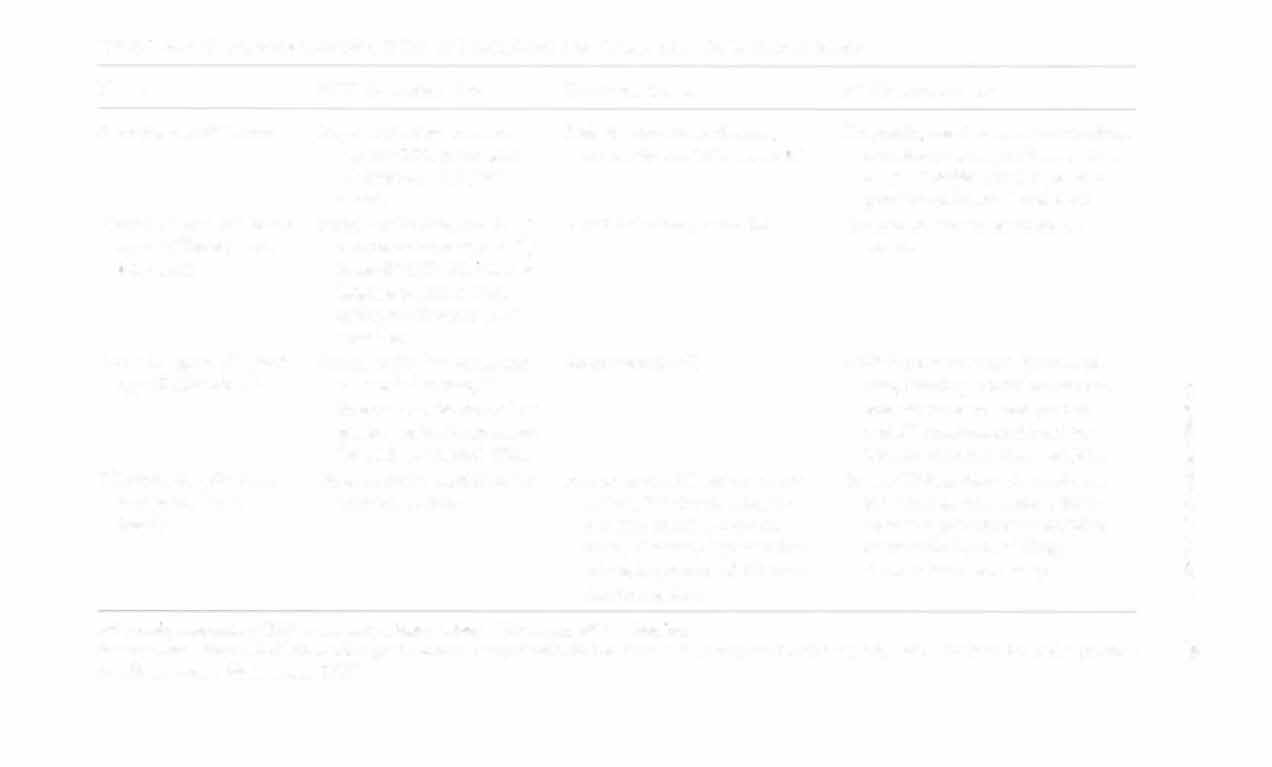i bc27f85be50b71b1 (33 page)
Read i bc27f85be50b71b1 Online
Authors: Unknown


Table I-A.3. Electrocardiographic (ECG) Characteristics and Causes of Junctional Rhythms
"
00
Name
ECG Characteristics
Common Causes
PT Considerations
g
Junctional escape
Regular rhythm, rate 20-40;
Usual cause is physio
If occasional and intermittent during
'"
rhythm
inverted P wave before
�
or
logic ro control the
bradycardia or chronic AF, usu
'"
'"
after QRS complex; starts
ventricles in AV
ally insignificant and can treat
:t
with ectopic foci in AV juncblock, sinus brady
(with close watch of possible
>
Z
tion tissue
cardia, AF, sinoatrial
worsening condition via sympc
block, drug intoxicatoms and vital signs); if consistent
g '"
tion
and present secondary to AV
block, acute myocardial infarco
'"
rion, or drug intoxication, can be
�
symptomatic with CHE (See
i!1
Table 1-21.)
�
r
Junctional tachycar
Regular rhythm; rate 100-
Most common with
May produce or exacerbate sympi
dia
180; P wave as above
chronic AFj also with
[Oms of CHF or angina secondary
�
coronary artery disto decreased cardiac output; PT
>
"
ease, rheumatoid
treatment depends on patient tol
;!
heart disease, and
erance-if new, onset should wait
cardiomyopathy
for medical treatment.
AF = atrial fibrillation; AV = atrioventricular; CHF = congestive heart failure.
Sources: Data from 8 Aehlert. ACLS Quick Review Study Guide. St. LoUIS: Mosby, t 994; and EK Chung. Manual of Cardiac Arrhythmias.
Boston: Butterworth-Heinemann, t 986.












